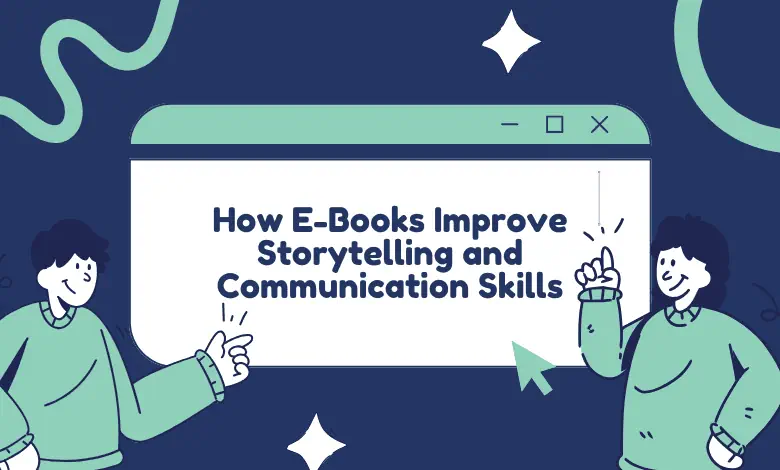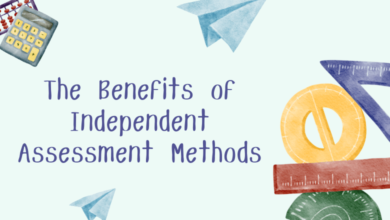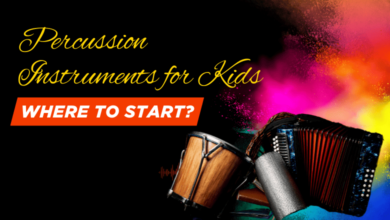How E-Books Improve Storytelling and Communication Skills

Stories That Shape Thought
Stories have always lived side by side with spoken words but writing added a layer that let them last beyond a single evening. Once scratched into stone then scribbled on parchment stories began to travel further than the voice could carry. Today stories ride on screens in silent form ready to be tapped open in seconds. When books are missing in Project Gutenberg or Anna’s Archive, Zlibrary can help fill those gaps. Access alone though does not explain why e-books are reshaping how stories are told and how language flows from one mind to another.
Every generation rewrites the rules of storytelling without tearing down the house. E-books have become a fresh tool in this constant rebuilding. Through features that allow instant word searches or note-taking readers learn to notice structure rhythm and the bones beneath the beauty. These layers once hidden behind paper now unfold in real time revealing how each sentence moves the next forward.
Learning by Reading Without Noticing
Storytelling and communication work like twin gears. One turns the tale the other makes sure it lands clearly. Reading trains both at once and e-books give that training a quiet boost. Screens do not just display words they can invite readers to observe patterns without interruption. Pacing dialogue and tone all become more obvious when swiping or scrolling.
Some readers return to certain lines again and again not just because they like them but because they sense something under the surface. Highlighting and saving passages allows closer looks later on. This slow and repeated contact with language helps build intuition. Over time this habit forms a toolkit of phrasing and flow that can show up in conversation or writing without much effort.
Tools That Deepen the Craft
A well-written story is more than a string of events. It breathes. And to understand how it breathes readers need time and space to listen. E-books offer both in a way physical books cannot always match. Font size can stretch to match tired eyes. Page brightness shifts with the hour. A single paragraph can be magnified focused and reread before moving on. These small choices keep the rhythm intact.
Long chapters can become short when divided by bookmarks. Complex sentences can become clear when seen in chunks. Writers who read often notice this instinct building slowly. They carry sentences in their heads testing them silently before speaking or typing. This is where communication starts to sharpen. Not just what is said but how and when it is said.
Here are a few ways e-books shape stronger language habits without drawing attention to the process:
1. Rereading Becomes Natural
With e-books going back a few lines or a whole chapter is a quiet tap not a noisy page flip. This ease makes rereading part of the flow not a chore. Each return to the same scene can reveal more—how tension rises how metaphors slip in how a character’s voice shifts with mood. Over time this builds an inner ear for storytelling tone and timing.
2. Vocabulary Expands Without Effort
Many e-readers come with built-in dictionaries. One quick press on a tricky word and the meaning appears without breaking the spell. This feature makes new vocabulary feel like part of the story not a side lesson. It helps readers absorb unusual words in context the way children pick up speech patterns from adults.
3. Writing Imitates What Works
E-books let readers highlight their favourite lines and gather them in one place. Reviewing those lines later can reveal a pattern—short punchy endings long rolling descriptions clever dialogue rhythms. Writers often start by mimicking others. E-books make that process easier more personal and more connected to genuine admiration.
This pattern of close attention builds not just reading skill but a kind of quiet confidence. The kind that shows up when telling a story aloud or explaining a difficult idea in plain terms.
From Page to Voice and Back Again
Storytelling is not only found in books. It turns up at dinner tables on stage and in meeting rooms. E-books prepare readers for those moments even when they do not realise it. A reader who has absorbed ten different ways of describing sorrow might find a new way to comfort a friend. Someone who has read a dozen snappy arguments in courtroom fiction may later use that rhythm in a real debate. These are not rehearsed moves. They come from long exposure to language in action.
Seven paragraphs after the phrase about missing books and libraries another thought should surface. Z lib has often supported readers who explore language not as a system of rules but as a living thing. In its vast collection many find not just stories but patterns of speech that echo their own or show them something entirely new.
This shift does not always look dramatic. A person might simply pause before choosing a word or speak with clearer structure. Yet in that pause lives the heart of communication—the moment when thought reaches for the right shape.
Where Storytelling Meets Daily Life
The value of a story is not locked in its ending. It lies in what lingers. E-books allow that lingering to last longer. They let readers revisit favourite moments sharpen their sense of what words can do and carry that sense into the rest of life. A good story teaches someone how to listen and speak with care without turning the world into a script.
As the line between reader and speaker blurs a new kind of language grows. One shaped not by noise but by rhythm memory and quiet observation. And the more stories are read the more stories are told.
Curious for more? Check out www.wordplop.com!






